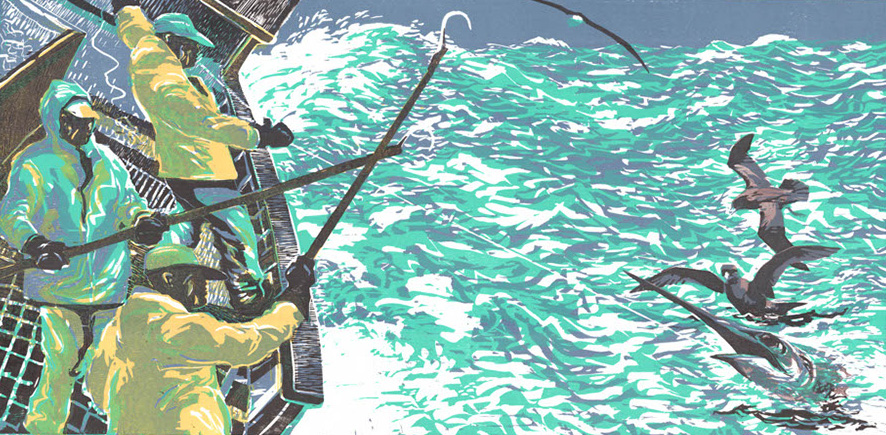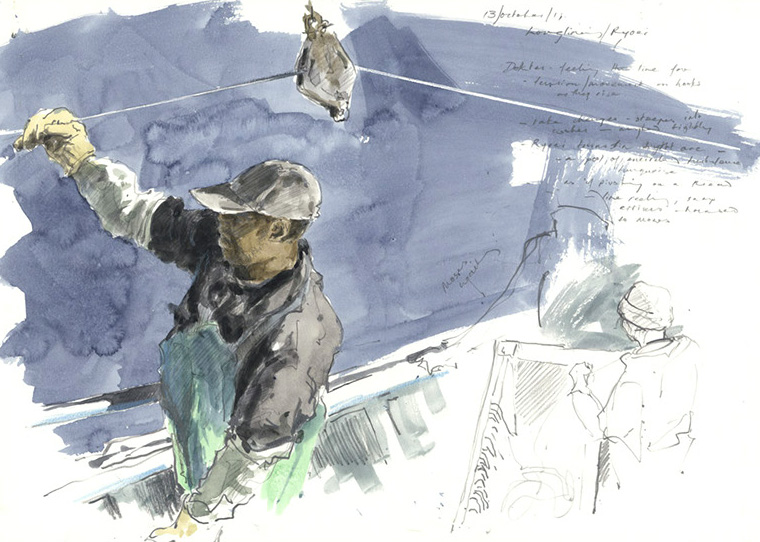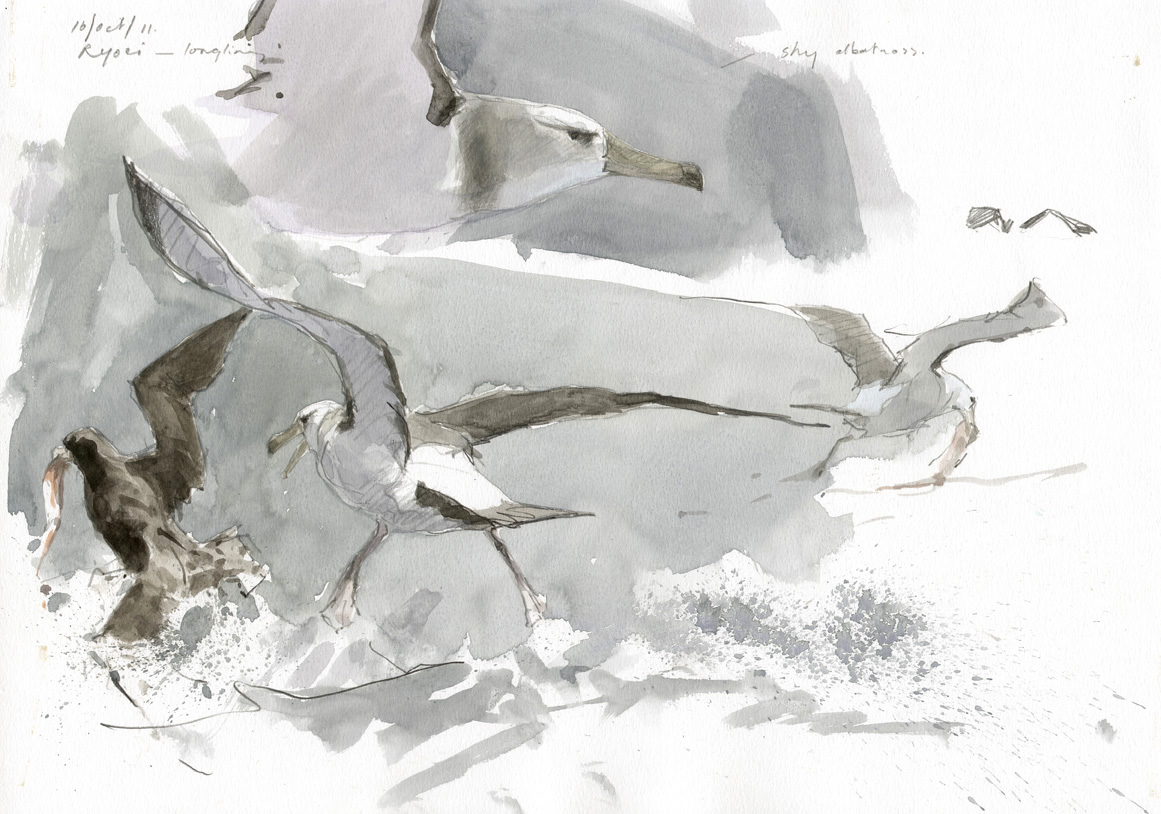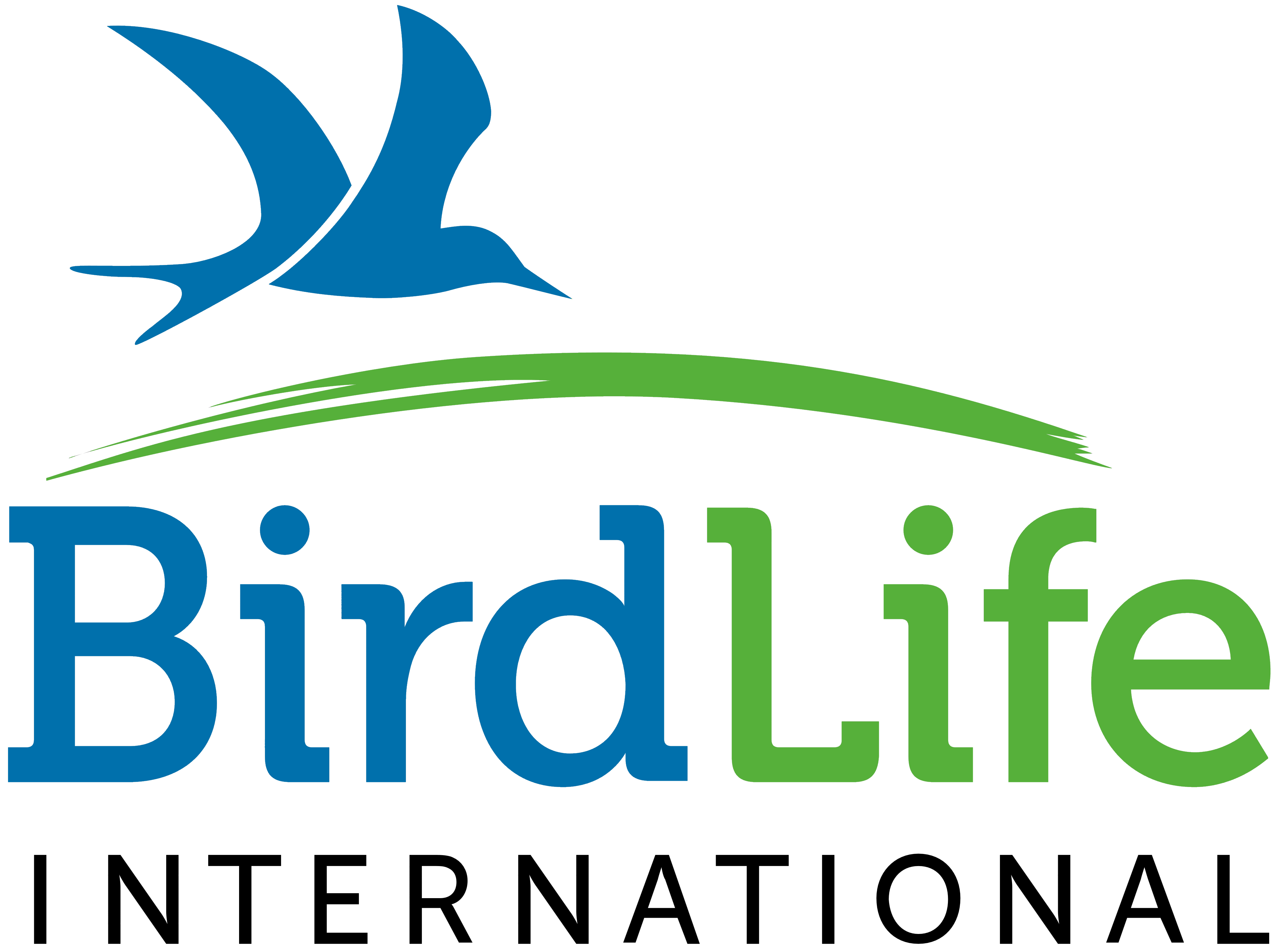Troubled Waters
A book and exhibition project facilitated by Birdlife International in support of the Save the Albatross Campaign

With their vast extent, changing moods of calm and storm; sheer beauty and otherworldly sense of place, the world’s great oceans are largely beyond most people’s experience and imagination. Home to a small number of hardy professional mariners, merchant seamen, fishermen, and a few pelagic explorers, only a privileged few experience the deep ocean at first hand. Most of us remain insulated from its true nature unless storms blow onshore and chaotic seas strand hapless seabirds onto our beaches, or far inland. For much of the year, however, seabirds stay far from land and out of sight way beyond the horizon of Coleridge’s ‘painted ocean’. Out there they wander huge distances in a constant search for food, effortlessly riding the winds and waves, and ranging far from their cliff and island nesting sites, sometimes for months on end. Bringing these birds into people’s reach is at the heart of the Troubled Waters project, generating a powerful visual appreciation and understanding of seabirds’ pelagic existence that is rooted in the artist’s life-long fascination for the sea and seabirds. Having journeyed a number of times across the Southern Oceans, the aim is to paint a portrait that brings the open sea vividly to life in the mind’s eye and imagination. |
|
Along with studies of the birds, I made drawings about their lives at sea as we crossed the Southern Ocean each season between the Falkland Islands and South Georgia. There were opportunities to gather notes and sketches about the colours and shapes of icebergs, the moods of the sea, and about many of the other enigmatic species of those cold latitudes. My numerous folders of field paintings, sketches and drawings are a unique archive that has lain quietly dormant in my studio drawers. Along with new material, those early drawings are contributing to an exhibition in support of the Save the Albatross Campaign.It was a recent opportunity to return to South Georgia that actually provoked the idea for Troubled Waters. Setting out in 2009, and seeing everything again, but in a new light, and working with a set of personal tools sharpened by 35 years as a professional artist – as well as new tools, skills, and perspectives. That visit generated a wealth of material and ideas too. Realising the intensely personal archive could be combined with contemporary artistic insights and inspiration; I worked with BirdLife to ensure I could also spend time embedded at the cutting edge of the conflict between seabird and fisheries. With both the archival and new Antarctic material to back up this unique exposure, I began to believe the strands could be woven together to engage viewers and readers in an experience both visceral and compelling; one that offers insights into our understanding of the oceans, and which inspires new engagement and identification with an extraordinarily urgent conservation crisis. The Troubled Waters book and exhibition is the result of this life-long journey! | Seabirds, notably albatrosses have become increasingly threatened over the past 20 years, and at a faster rate globally than any other species of birds. The threats are many and varied, but the most critical problem is the hundreds of thousands of birds snared accidentally as bycatch on long-line fishing vessels. The seabird losses first noted over 20 years ago have catalysed urgent international efforts to reverse the declines, most notably through the formation of BirdLife International’s Save the Albatross campaign and an Albatross Task Force. The result has been a substantial reduction in seabird mortality - to almost negligible levels in some well-policed fisheries. However, with unregulated fishing interests still operating beyond the reach of international treaties and boundaries there is still much to do, and it is urgent work if some critically endangered albatrosses are to avoid extinction. A core strand within Troubled Waters, therefore, is to get aboard long line and trawl vessels, working alongside fishermen, and task force observers, to witness the collision of birds and fishing interests at sea and at first hand. On board the fishing vessels, it was agonizing to realize that some of the albatrosses dying on longlines were ‘my’ birds! – I had got to know them individually as a young artist-scientist in the late-1970s. Acutely aware that albatrosses have life-spans similar to our own, it was humbling to sit by nests intimately studying the structure of bills and the details of plumage, noting the colours and patterns of moulting feathers and, on one particularly cold afternoon, I warmed my freezing hands under the belly feathers of an incubating wanderer!
|
© 2024 Bruce Pearson. All rights reserved.




